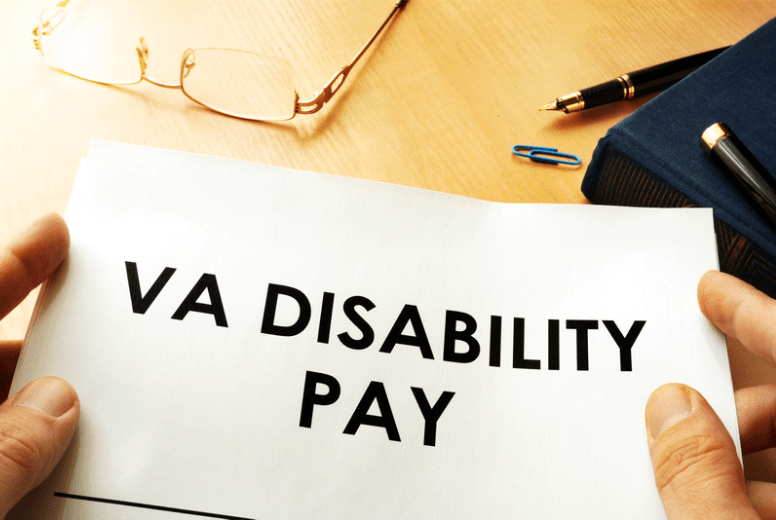The VA reduces veterans’ disability ratings to make sure that each veteran is being compensated for their current accurate level of disability. If the VA anticipates that a veteran’s condition could improve over time, they will schedule a re-evaluation examination of their condition and can potentially reduce their disability rating.
How Does the Rating Reduction Process Start?
There are two triggers for the VA to initiate the rating reduction process:
- The VA receives new evidence, like medical records, which indicate a change in the veteran’s condition. The VA will schedule an examination to evaluate the veteran’s current level of disability.
- If the VA saw the potential for improvement in a condition when initially rating it, their decision will note that the veteran is subject to future evaluations. If the disability is subject to re-evaluation, the VA can reduce the rating after an examination.
Does the VA Have Rules to Follow?
The VA must follow due process advocates in order to reduce a veteran’s rating. To initiate a rating reduction the VA’s first step is to send a notice to the veteran that the VA has proposed to reduce their rating.
If a veteran does not agree with the proposed reduction, they have 30 days to request a hearing. If they request a hearing, the rating cannot be reduced until the hearing is held. Whether a hearing is requested or not, the veteran has 60 days to submit new evidence.
If the VA issues a decision to reduce a veteran’s disability rating, the veteran can follow the traditional appeals process and file a Notice of Disagreement.
For the VA to be able to reduce a veteran’s rating, they must prove through medical evidence that there has been an actual change in the veteran’s condition since they were last rated. There also must have been an improvement in the veteran’s condition using the evidence provided throughout the course of their entire medical history.
What Ratings are Protected from Being Reduced?
- Stabilized Ratings. For conditions that have been continuously rated for five or more years at the same disability level. For the VA to reduce a stabilized rating, they must show that your condition has exhibited sustained improvement. This is a higher threshold of evidence, the VA cannot rely on only one C&P examination to implement the reduction of a stabilized rating.
- 100% Ratings. Can be reduced if the VA shows that the condition has shown material improvement. Material improvement means that there has been a significant change in the veteran’s ability to function in daily life.
- Continuous Ratings. Disability ratings assigned to conditions that have been in effect at or above the same level for 20 consecutive years. These are also called “protected ratings”. The only way these can be reduced is by demonstrating that it was obtained by fraud.
- Permanent and Total Disability Ratings. Assigned to veterans with total disability (100%) conditions that are not anticipated to improve.
Call Veterans Help Group at 855-855-8992 or complete our free veterans benefits case evaluation form.

How to Apply for VA Disability Compensation
It's one thing to know how to apply for VA disability compensation. It's another to understand the...

What is the VA DBQ?
What is the VA DBQ? A VA Disability Benefits Questionnaire (DBQ) is a form used to convey...

Most Commonly Approved VA Disability Claims
Most Commonly Approved VA Disability Claims Veterans receive VA disability benefits for a wide...





